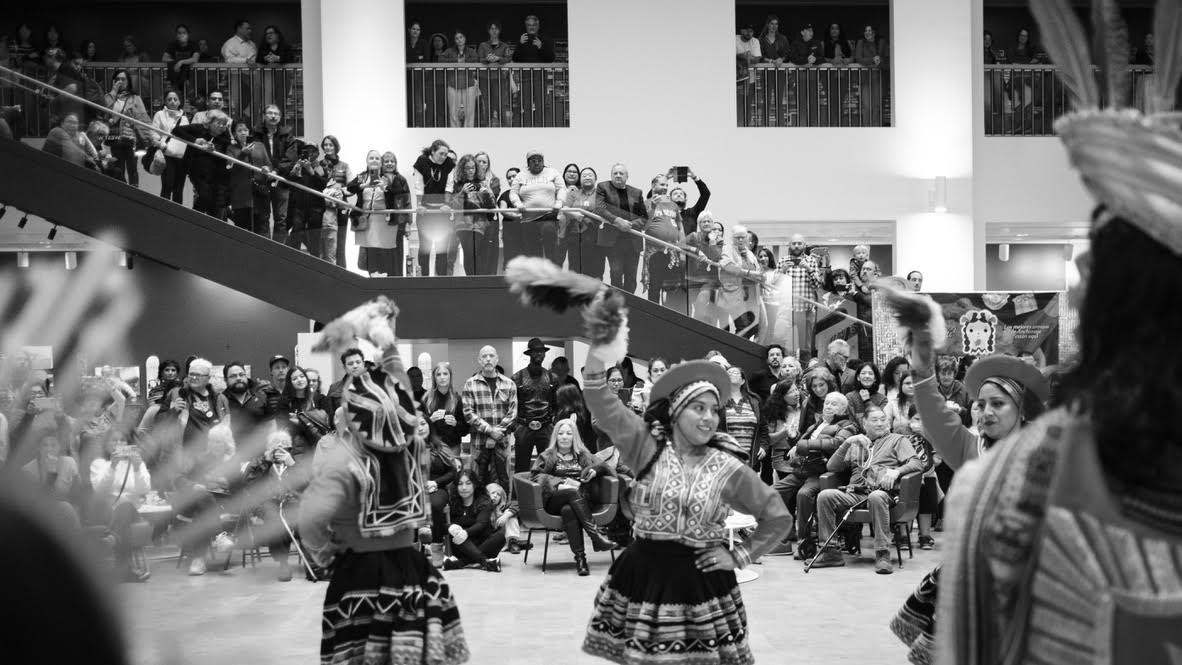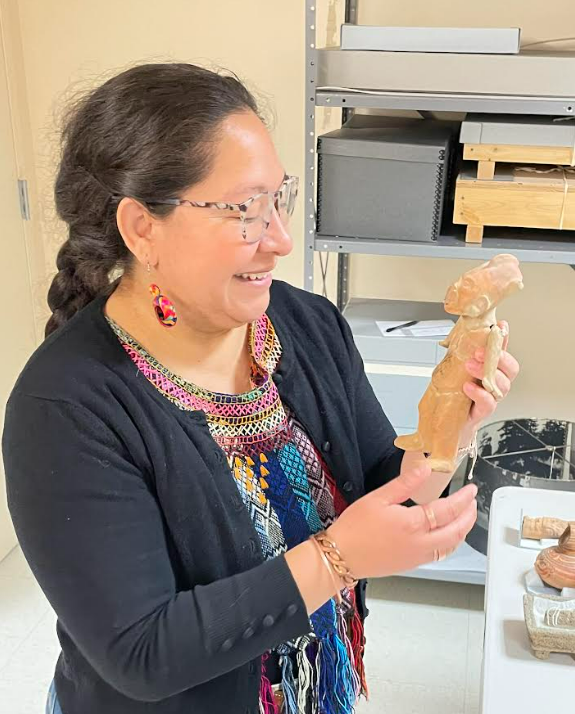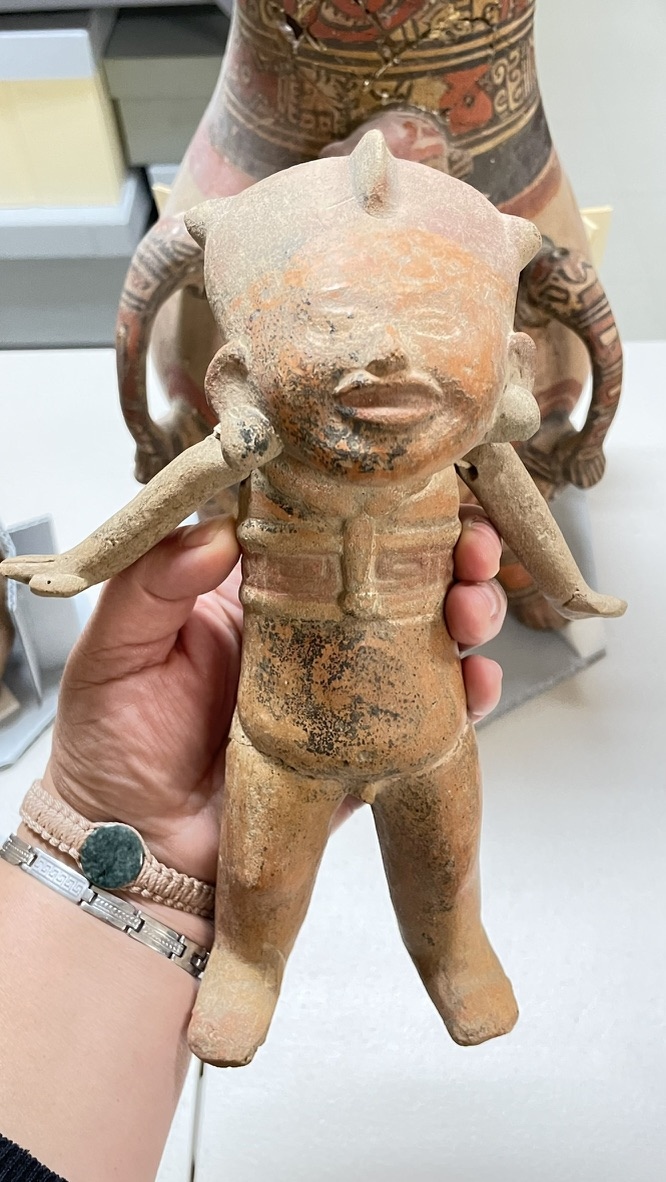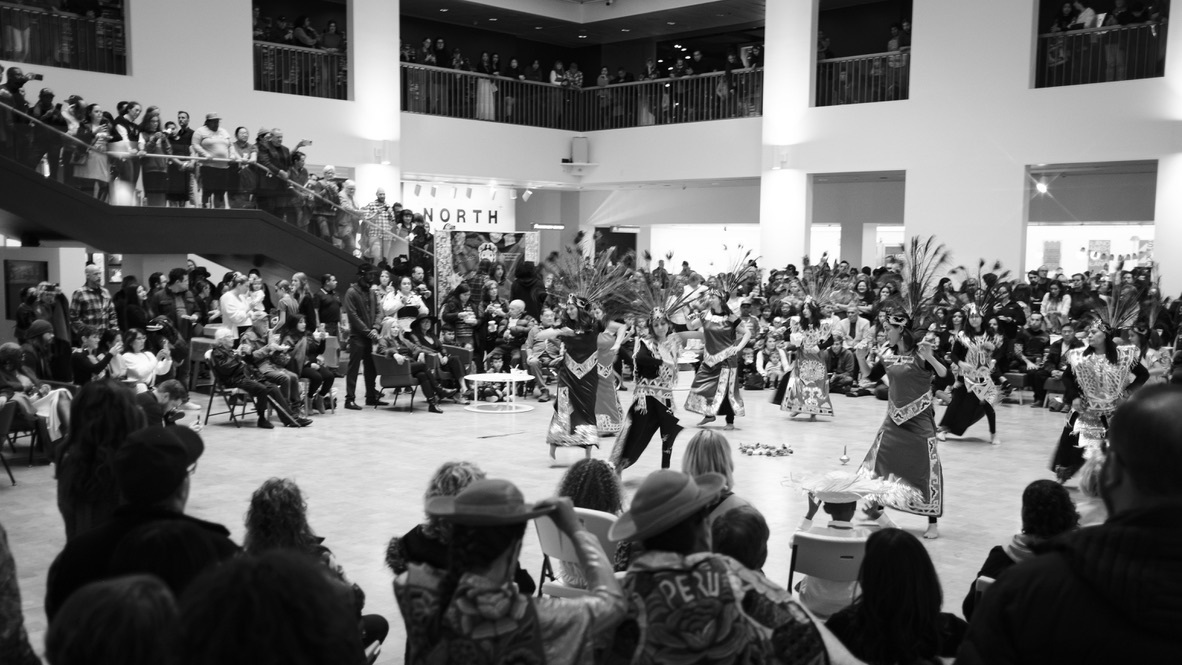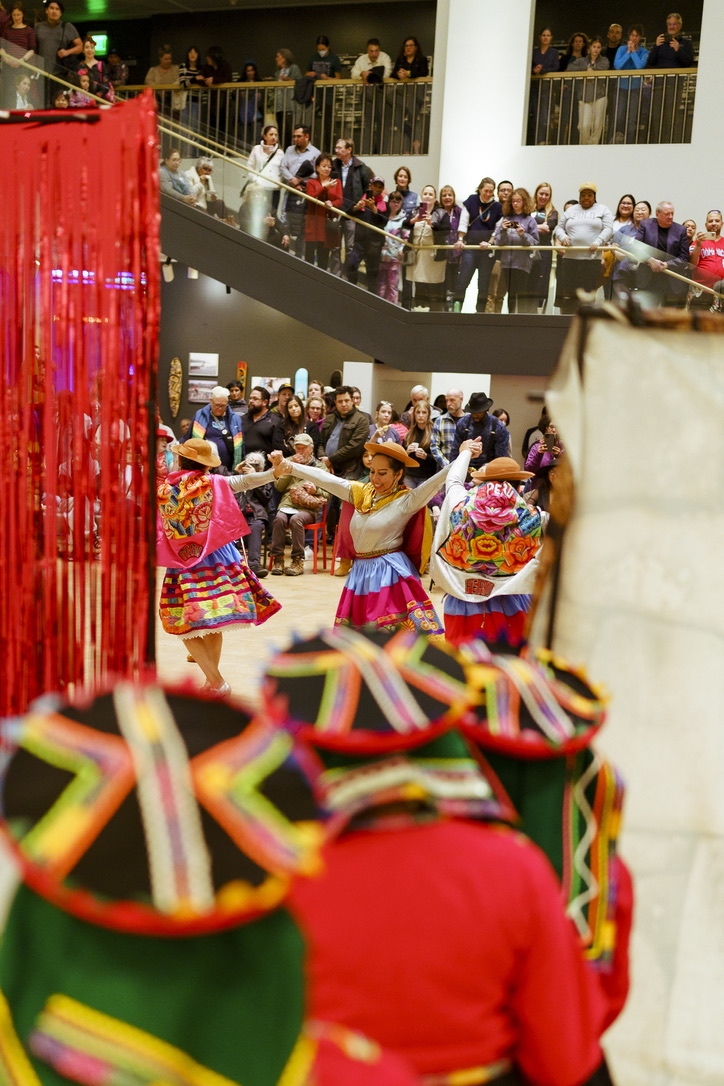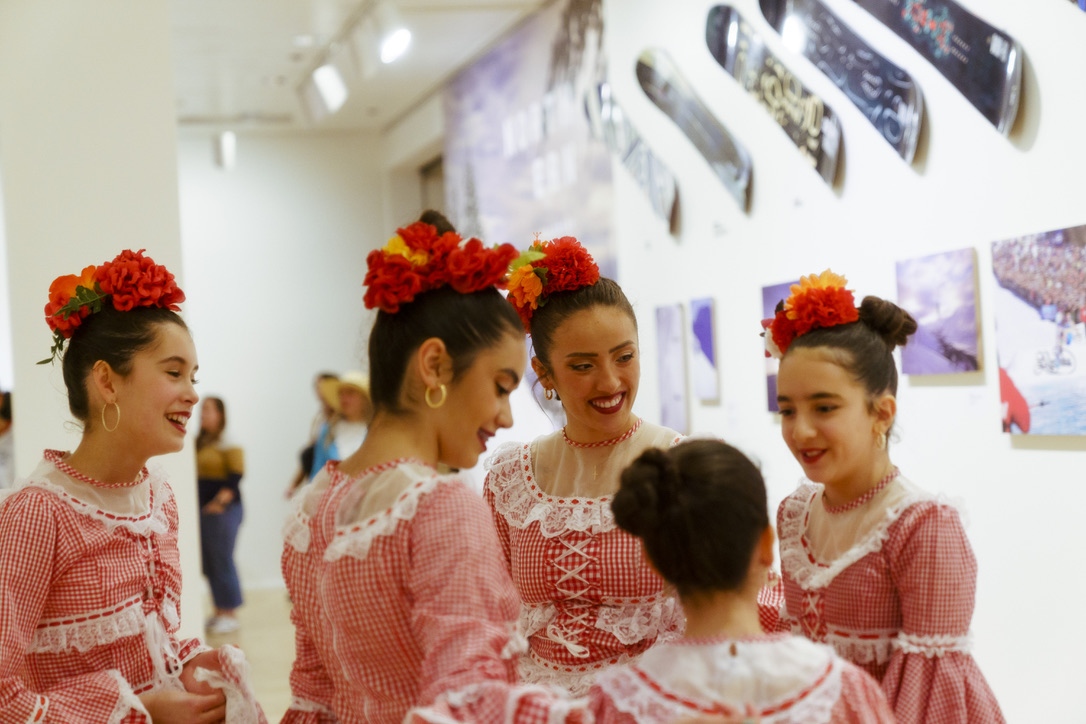El aire frío que nace en Alaska entumece la nostalgia de quienes abandonaron sus tierras ancestrales en busca de mejores condiciones de vida, una vida que implica ponerse botas de nieve y trabajar largas jornadas bajo la promesa de dinero verde. Los Indígenas Latinx de Alaska no temen trabajar duro en la pesca, la construcción, las cocinas de restaurantes, la limpieza de nieve y los hospitales, entre muchos otros. La idea del "buen inmigrante" que deja su vida en el trabajo es la antítesis del buenvivir, ya que los inmigrantes y sus familias deben recuperar su tiempo y energía para la vida en familia y en comunidad; el Sonriente se erige como símbolo de la demanda de alegría y llama a pasar tiempo en familia, descansar y participar en las celebraciones comunitarias. El sistema capitalista convierte a los inmigrantes en instrumentos de trabajo, exprimiendo hasta la última gota de energía vital. Pero el Sonriente, que ha resistido más de 500 años de colonialismo extractivo, usa la risa como método de liberación. El Sonriente ríe como ritual para recuperar la ternura radical y ríe a carcajadas frente al mercado que vende alegría artificial en la acumulación material. Por eso las Sonrientes recorren el mundo instando a que la alegría sea el catalizador de la comunidad y el buenvivir. ■
I want to extend a heartfelt thank you to the staff at the Anchorage Museum and the Museum of the North, including Francesca Du Brock, Monica Shah, Joshua Reuther, Angela Linn, and their entire amazing team, for their support of the exhibition "Abya Yala: Indigenous Latinx in Alaska." I am also grateful to ENLACES for making this exhibition possible. A special thank you goes to Kailee Van Zile for her assistance in researching the Abya Yalan collection and uncovering the story of the Sonriente in Alaska. All your support has been instrumental in helping the Abya Yalan Latinx community reconnect with their cultural heritage here in Alaska.
Quiero expresar mi más sincero agradecimiento al personal del Museo de Anchorage y del Museo del Norte, incluyendo a Francesca Du Brock, Monica Shah, Joshua Reuther, Angela Linn y a todo su maravilloso equipo, por su apoyo para la exhibición "Abya Yala: Indígenas Latinx en Alaska". También agradezco mucho a ENLACES por hacer posible esta exposición. Un agradecimiento especial a Kailee Van Zile por asistirme en la investigación de la colección de Abya Yala y el descubrimiento de la historia del Sonriente en Alaska. Todo su apoyo ha sido fundamental para que nuestra comunidad Latina de Abya Yala se reencuentre con su patrimonio cultural aquí en Alaska.
